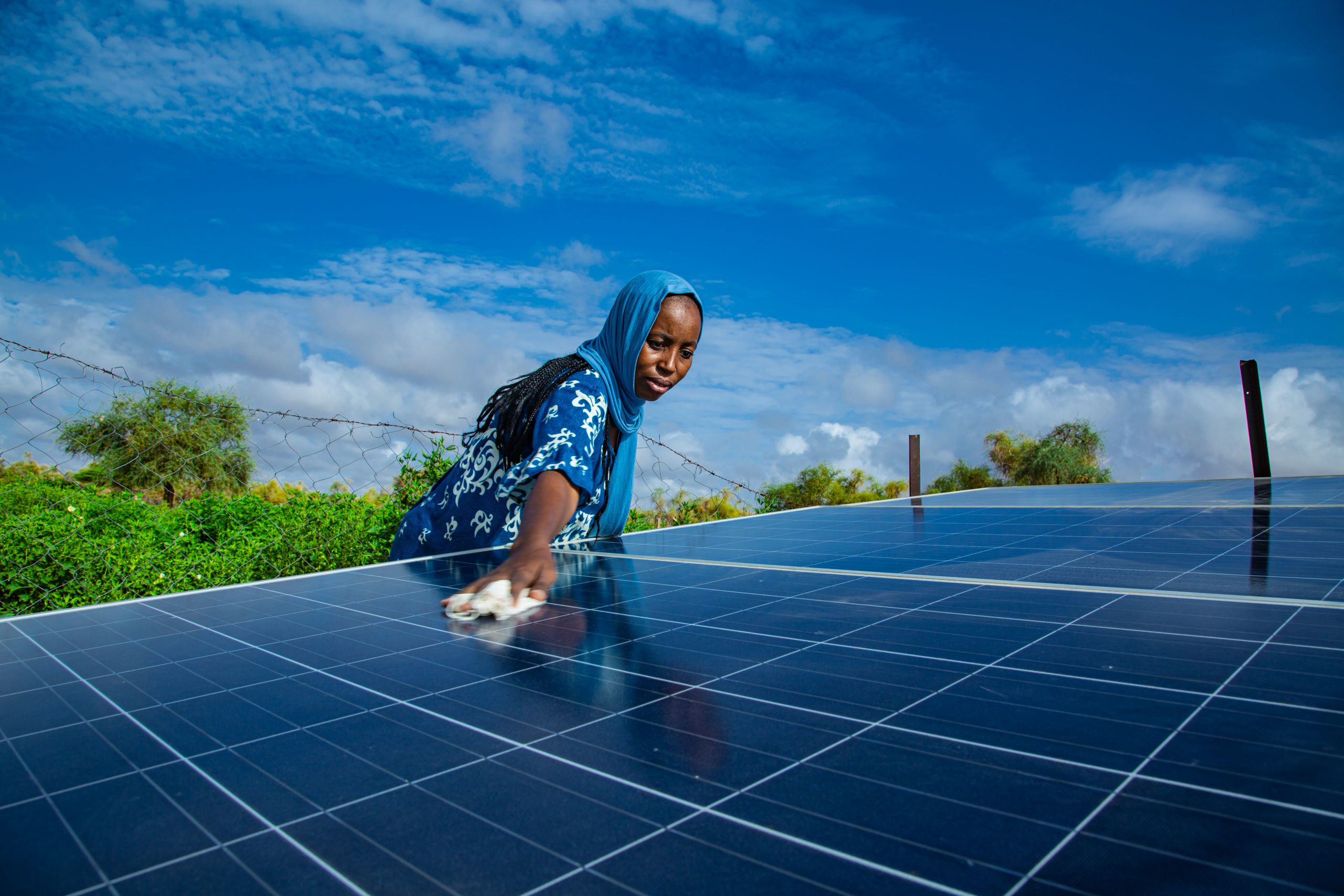
Since our launch in 2016, Climate Visuals has been a trusted resource of guidance, evidence and images for users around the world, and we are excited to celebrate the milestone of 10,000 registrations.
The library now contains over 1500 images, including over 1000 that are available with Creative Commons licences, helping to make compelling, exemplary climate change photography widely available. Images from the library have been used globally and by a wide range of individuals and organisations, from local community publications to international media houses and NGOs.
As our user base has grown, so too have our guidance and evidence resources, building on the original 7 Climate Visuals principles with work on representing indigenous people in images, promoting diversity in outdoor photography, and the effective photography of the links between ocean and climate. This evidence base underpins the images in the library as we advocate for a human centred, impactful and constructive visual language for climate change.

Five highlights from our work so far:
Two global open calls for photography
At the heart of the library, and forming a key resource for our users are the images in the Visualizing Climate Change and Ocean Visuals collections. These 193 images, selected from thousands of submissions from around the world, have had significant impact as a resource of compelling, impactful, photography, freely available to users in the non-profit, educational and editorial sectors.
The Guardian rethinks the images they use for their climate journalism
In 2019 Climate Visuals collaborated with The Guardian to help them better understand how to visually communicate the impact the climate emergency is having across the world.
The newspaper, as part of its 2019 climate pledge, published an editorial titled ‘Why we’re rethinking the images we use for our climate journalism’ and produced new internal, public and media facing photographic guidelines after consultation with the Climate Visuals team utilising our unique research, expertise and evidence base.
Climate Visuals’ images displayed at multiple COPs
Images from the Climate Visuals library were displayed prominently at COP26 in Glasgow, Scotland, and COP27 in Sharm El Sheikh, Egypt. These displays were an exciting opportunity to promote the collection as a usable resource, particularly in the non-profit and educational sectors, and QR codes displayed with the images helped viewers to navigate through to the library from the images and find out more.

New commissioned photography
We have recently launched a new collection of over 200 images of air pollution, produced in collaboration with Clean Air Fund. The images were commissioned in response to the scarcity of accurate, compelling and accessible photojournalism highlighting the impacts of air pollution alongside solutions. The photos were taken in Indonesia, Poland, South Africa and the UK, and are freely available for use in the non-profit, education and editorial sectors. The images embody the Climate Visuals evidence base and best practice guidelines, and form a new practical resource for users of the library.
Climate Visuals images, guidance and evidence published globally
Climate Visuals images have been published in a wide variety of contexts globally, including uses by The Guardian, The Times, BBC, the UN, Unesco, World Economic Forum, ABC News Australia and many others.
Looking ahead to the next 10,000 users…
We will continue to develop Climate Visuals as a resource, adding new images and developing the guidance and evidence base that underpins them. In an ever increasingly visual world, and with new technologies such as AI beginning to break through, the need for detailed, ethical, compelling photojournalism that tells real climate stories through images has never been greater.
We are always interested to hear from users of the library about how we can better cater for their image needs - please do get in touch.

